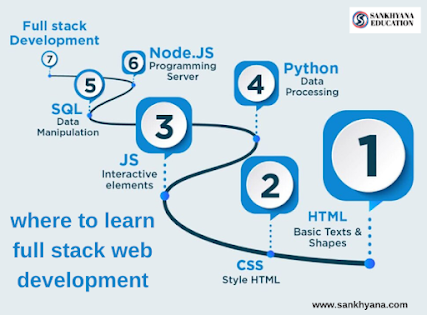Limitations of Using Linear Regression for Classification Mathematically Explained
.png)
Introduction:
Linear regression is a popular technique used in statistical modeling to predict continuous values. However, when it comes to classification tasks, where the goal is to assign observations to distinct categories, linear regression may not be the most suitable approach. In this article, we will explore the mathematical limitations of using linear regression for classification and explain why alternative methods such as logistic regression or support vector machines are often preferred.
1. Assumption of Linearity:
Linear regression assumes a linear relationship between the input features and the target variable. It tries to find the best-fitting line that minimizes the sum of squared differences between the predicted and actual values. However, in classification problems, the relationship between the features and the target is not linear but rather discrete and categorical. Attempting to fit a linear regression model to classify distinct categories may result in poor performance and inaccurate predictions.
2. Out-of-Bounds Predictions:
Linear regression predicts continuous values along a continuous range. When applying linear regression to classification problems, the predicted values may fall outside the valid range of class labels. For instance, if we have a binary classification problem with class labels 0 and 1, linear regression could produce predictions like -0.2 or 1.5, which do not align with the available classes.
3. Lack of Probabilistic Interpretation:
In classification tasks, it is often useful to obtain the probability of an observation belonging to a particular class. Linear regression, however, does not naturally provide probabilistic outputs. Its predictions are not constrained to a specific range, making it difficult to interpret the results in terms of probabilities. Probability estimates are essential for decision-making processes, such as setting classification thresholds or evaluating the uncertainty associated with predictions.
4. Sensitivity to Outliers:
Linear regression is highly sensitive to outliers, which are observations that deviate significantly from the majority of the data. Outliers can disproportionately affect the model's fitting process and lead to inaccurate predictions. In classification problems, outliers may appear in any class, causing linear regression to incorrectly assign observations to the wrong categories.
5. Violation of the Homoscedasticity Assumption:
Linear regression assumes that the variance of the residuals (the differences between the predicted and actual values) is constant across all levels of the predictors. This assumption, known as homoscedasticity, is often violated in classification problems where the data points of different classes exhibit different levels of variability. Linear regression may struggle to capture and account for this heteroscedastic nature, leading to suboptimal performance in classification tasks.
Conclusion:
While linear regression is a powerful tool for predicting continuous values, it is not well-suited for classification problems due to its inherent assumptions and limitations. Classification requires methods that can handle discrete and categorical outcomes, provide probabilistic interpretations, and are robust to outliers. Techniques like logistic regression, support vector machines, decision trees, or neural networks are more appropriate for classification tasks, offering greater flexibility and accuracy in handling categorical data.

.png)

Comments
Post a Comment